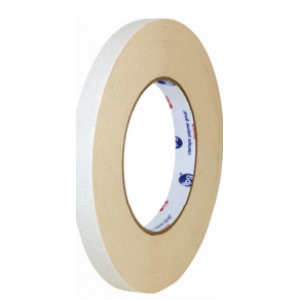
A new study shows that demand for corrugated packaging is set to grow in the coming years as secure and recyclable packaging materials are playing increasingly larger roles across industries. Being able to hold anything from large industrial machine parts to intricate individual electronic pieces, these forms of containers offer a great number of advantages to their users.
Because shipping is so highly tailored to the product in question, manufacturers and transporters much each take into consideration each characteristic of the product being shipped. Such characteristics include details such as product and box weight, size, shipping volume and product lifecycle - just to name a few prominent variables. It stands to reason that there will be quite a difference in the corrugated packaging of a bundle of books or periodical publications as opposed to large industrial batteries.

Corrugated packaging rules and regulations
At the end of the day, product safety is, without a doubt, a major aspect within the supply chain process. Without tested and proven efficiency and accuracy within this arena, any other advances along the supply chain are essentially fruitless.
For this reason, two major publications mapped out rules and regulations for transportation of products in corrugated boxes specifcially via freight or rail. The National Motor Freight Traffic Association published the National Motor Freight Classification Item 222 which created a standard that provides a comparison of commodities moving in interstate, intrastate and foreign commerce. Similarly, railroad freight runs transportation in accordance with the National Railroad Freight Committee's Uniform Freight Classification Rule 41.
Both of these publications dictate specific standards to box manufacturers requiring box type and performance certifications. Imprints, or stamps, on the corrugated indicate either mullen test classification, measuring resistance to rupture in pounds per square inch, or more commonly the ECT, or Edge Crush Test, indicating the strength of the box (from top to bottom) to withstand direct compression.
Corrugated packaging demand trending upward
A recent study by the Freedonia Group explains that global demand for corrugated boxes is set to increase by 4.2 percent each year through 2017. That translates into about 234 billion square meters by 2017!
The study goes on to explain that the Asia/Pacific and Africa/Mideast parts of the world are set to outpace the rest of the world in terms of growth, with China surpassing the U.S. as the world's largest market for corrugated boxes in 2011.
The food and beverages industries are set to make up the leading market for these packages through 2017, making up 43 percent of global demand, however non-food nondurables are expected to be one of the largest growing sectors.
Corrugated packaging and sustainability
Another major factor that is currently playing into this growth is the expanding demand for increased recyclable materials. The report explains that customer demands along with industry and regulatory measures are calling for more environmentally friendly materials and practices. These emerging markets in particular are reliant on these kinds of products especially when it comes to virgin kraft, recycled liner and fluting.
A recent project at Duke University highlighted to students the importance of corrugated packaging in balancing both durability and sustainable qualities. According to the News Observer, almost 400 Duke students, staff and other participants set the record for the world's largest cardboard fort.
The news sources explains that the University used about 3,500 boxes, recycled from move-in days and buildings across campus.






